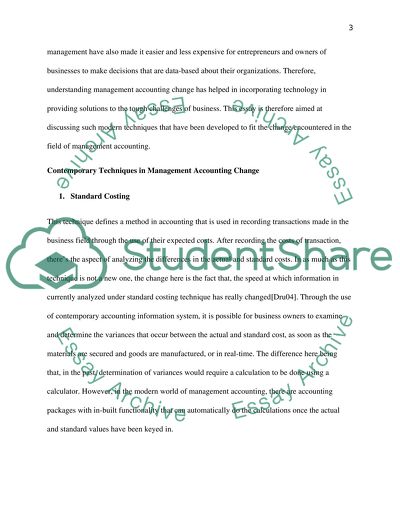Cite this document
(“The success of a centre of calculation lies not in the hands of Essay”, n.d.)
The success of a centre of calculation lies not in the hands of Essay. Retrieved from https://studentshare.org/finance-accounting/1659661-the-success-of-a-centre-of-calculation-lies-not-in-the-hands-of-designers-but-in-the-hands-of-those-who-come-after-briers-chua-2001-p-265-with-reference-to-the-above-quotation-critically-review-the-change-in-management-accounting-technique
The success of a centre of calculation lies not in the hands of Essay. Retrieved from https://studentshare.org/finance-accounting/1659661-the-success-of-a-centre-of-calculation-lies-not-in-the-hands-of-designers-but-in-the-hands-of-those-who-come-after-briers-chua-2001-p-265-with-reference-to-the-above-quotation-critically-review-the-change-in-management-accounting-technique
(The Success of a Centre of Calculation Lies Not in the Hands of Essay)
The Success of a Centre of Calculation Lies Not in the Hands of Essay. https://studentshare.org/finance-accounting/1659661-the-success-of-a-centre-of-calculation-lies-not-in-the-hands-of-designers-but-in-the-hands-of-those-who-come-after-briers-chua-2001-p-265-with-reference-to-the-above-quotation-critically-review-the-change-in-management-accounting-technique.
The Success of a Centre of Calculation Lies Not in the Hands of Essay. https://studentshare.org/finance-accounting/1659661-the-success-of-a-centre-of-calculation-lies-not-in-the-hands-of-designers-but-in-the-hands-of-those-who-come-after-briers-chua-2001-p-265-with-reference-to-the-above-quotation-critically-review-the-change-in-management-accounting-technique.
“The Success of a Centre of Calculation Lies Not in the Hands of Essay”, n.d. https://studentshare.org/finance-accounting/1659661-the-success-of-a-centre-of-calculation-lies-not-in-the-hands-of-designers-but-in-the-hands-of-those-who-come-after-briers-chua-2001-p-265-with-reference-to-the-above-quotation-critically-review-the-change-in-management-accounting-technique.


